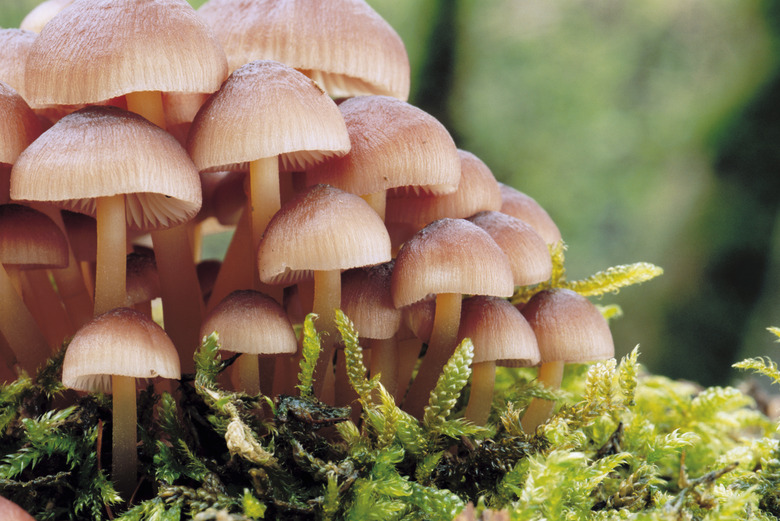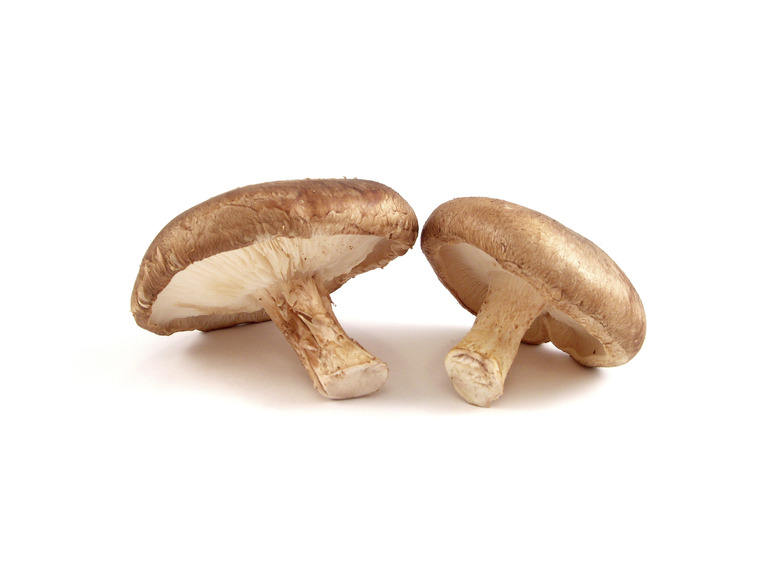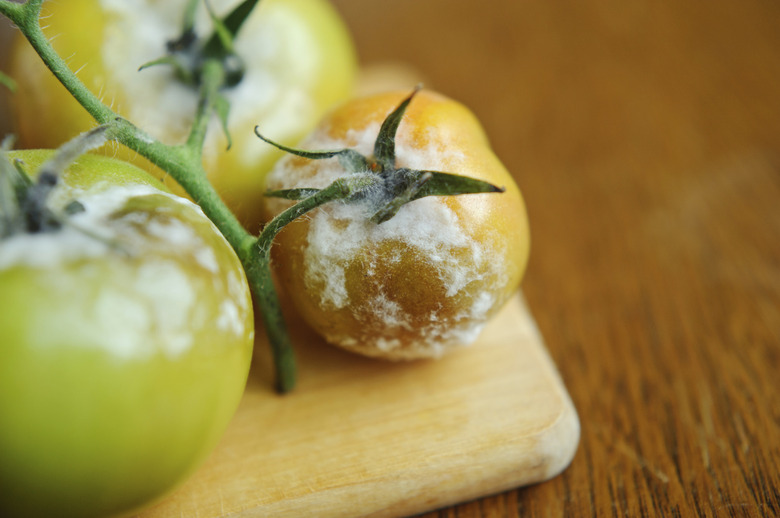What Kind Of Environment Do Fungi Like?
Just as plants and animals are each classified as a kingdom, there is also a fungi kingdom. The fungi kingdom includes mushrooms, molds, mildews, yeast and rust. These are sometimes beneficial to humans, such as molds that make blue cheese and yeasts that make beer and bread, or they can destroy our food crops with powdery mildew, apple scab and wilts. Mushrooms can be edible or poisonous. Some fungi can make penicillin and others give us athlete's foot – they are truly a double-edged sword.
What Is a Fungus?
What Is a Fungus?
Fungi were originally thought to be related to plants but are now recognized as being their own kingdom. Fungal cells contain a nucleus, but unlike plants, have no chlorophyll and therefore cannot produce their own food. The multicellular forms often have branches called hyphae. Yeasts are unicellular and have tough cell walls.
Fungi reproduce by spores, which disperse through wind, water or animals and grow only if they land on an appropriate food source. Spores are very stable and will remain viable until environmental conditions are favorable for producing hyphae.
Fungi Environments
Fungi Environments
Fungi are found in all ecological niches so it is difficult to identify a single set of growing conditions for all fungi. They grow as well in refrigerators as they do in dense forests or on animals and garden plants. While most fungi prefer a temperature range of 70 to 90 degrees Fahrenheit, there are species that can be found below 32 degrees and others at 150 degrees.
Most fungi prefer moist locations, but again there are exceptions, such as the fungi that grow on dried grains. Mushrooms usually like the dark, but rusts and mildews can grow in sunlight. The environmental requirements for fungi are species specific.
Edible Fungi: Mushrooms
Edible Fungi: Mushrooms
The Chinese have been growing mushrooms for more than a thousand years. The part we eat is the fruiting body and has spores under the cap intended for dispersal. The fruiting body is attached to the fungal hyphae within the appropriate growing media. Oyster and shiitake mushrooms grow on logs, while button and portobellos grow in composted manures. These types of mushrooms prefer cool, humid and dark conditions at 55 to 60 degrees Fahrenheit, which can often be duplicated at home in a basement or closet.
In addition to growing mushrooms for culinary use at home, there are many amazing species of wild edible mushrooms available for collection. Some popular species of mushrooms that you can find in the wild include lion's mane, morels and chanterelles. **It is very important to have an expert help you identify edible wild mushrooms before you eat them – many mushroom species can cause gastric upset or even be deadly.**
Beneficial Mycorrhizal Fungi
Beneficial Mycorrhizal Fungi
Mycorrhizal fungi live in a symbiotic relationship with the roots of plants, trees and most food crops. The hyphae link directly to the cell walls of roots. The plants make sugars that the mycorrhizae need. In return, the fungal hyphae – which can extend out well beyond the root system – supply the plant with water and important nutrients such as phosphorus.
This giant underground mycorrhizal network serves to make the plant more drought-tolerant and helps to stabilize soils. Glues produced by the fungi stick soil particles together to produce aggregates that retain water, air and nutrients critical for healthy plant growth.
Problem Garden Fungi
Problem Garden Fungi
If you are a gardener, there seems to be innumerable ways for fungi to attack your plants. Wilts, rusts and mildews are common problems. Powdery mildew usually sets in when leaves are exposed to overhead watering, summer rains or fog. Rusts also affect plant leaves.
Rusts and mildew can be discouraged by removing infected leaves, increasing airflow around plants and watering only at the base. Fungi in the genera Fusarium and Verticillium linger in soils and cause crops including peppers, tomatoes and eggplant to wilt and die; crop rotation becomes essential. Wilt fungi can also be outcompeted with compost containing beneficial aerobic microbes.
Cite This Article
MLA
Farson, Deborah. "What Kind Of Environment Do Fungi Like?" sciencing.com, https://www.sciencing.com/what-kind-of-environment-do-fungi-like-12274906/. 30 September 2021.
APA
Farson, Deborah. (2021, September 30). What Kind Of Environment Do Fungi Like?. sciencing.com. Retrieved from https://www.sciencing.com/what-kind-of-environment-do-fungi-like-12274906/
Chicago
Farson, Deborah. What Kind Of Environment Do Fungi Like? last modified August 30, 2022. https://www.sciencing.com/what-kind-of-environment-do-fungi-like-12274906/


